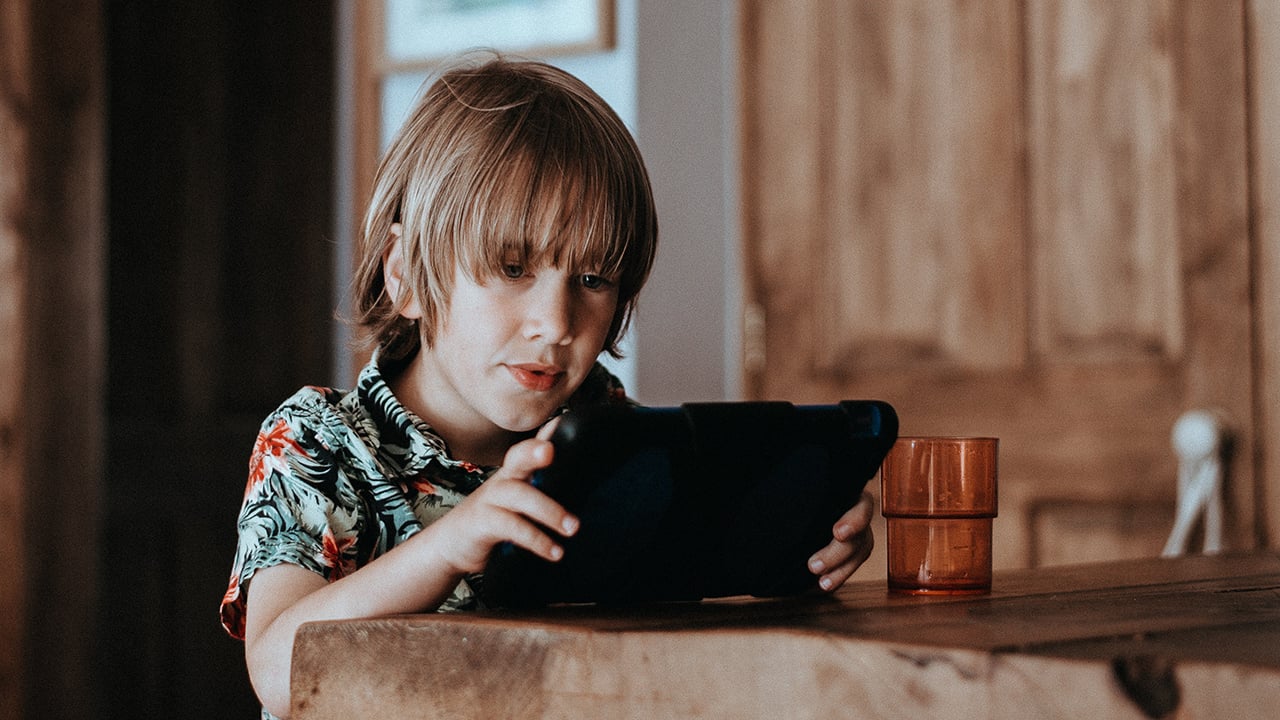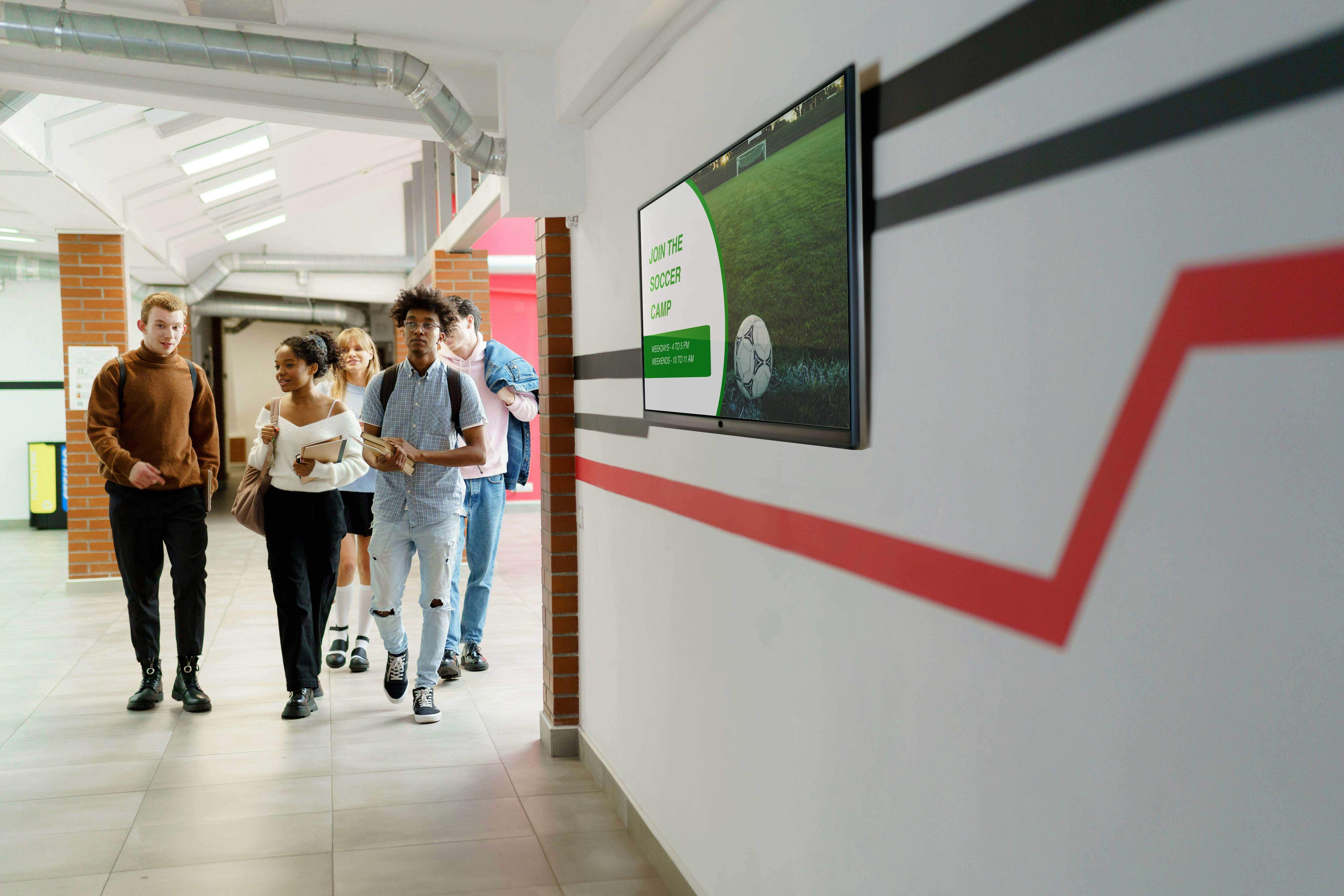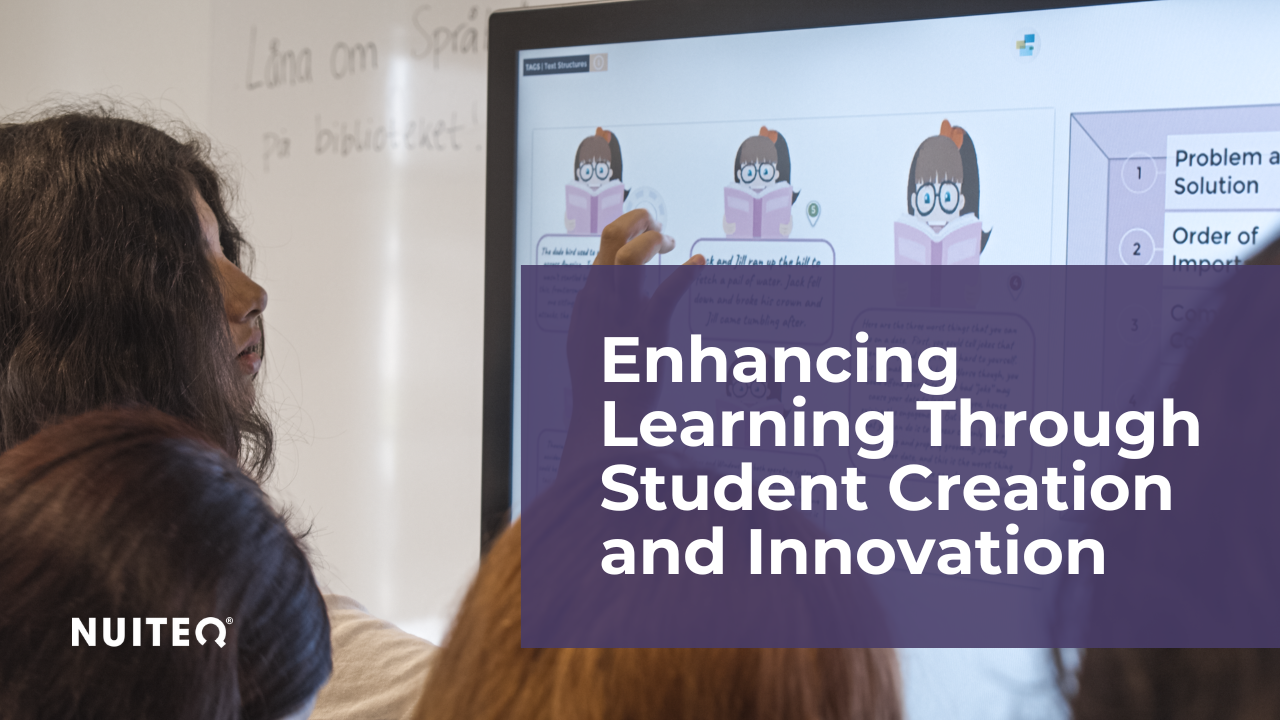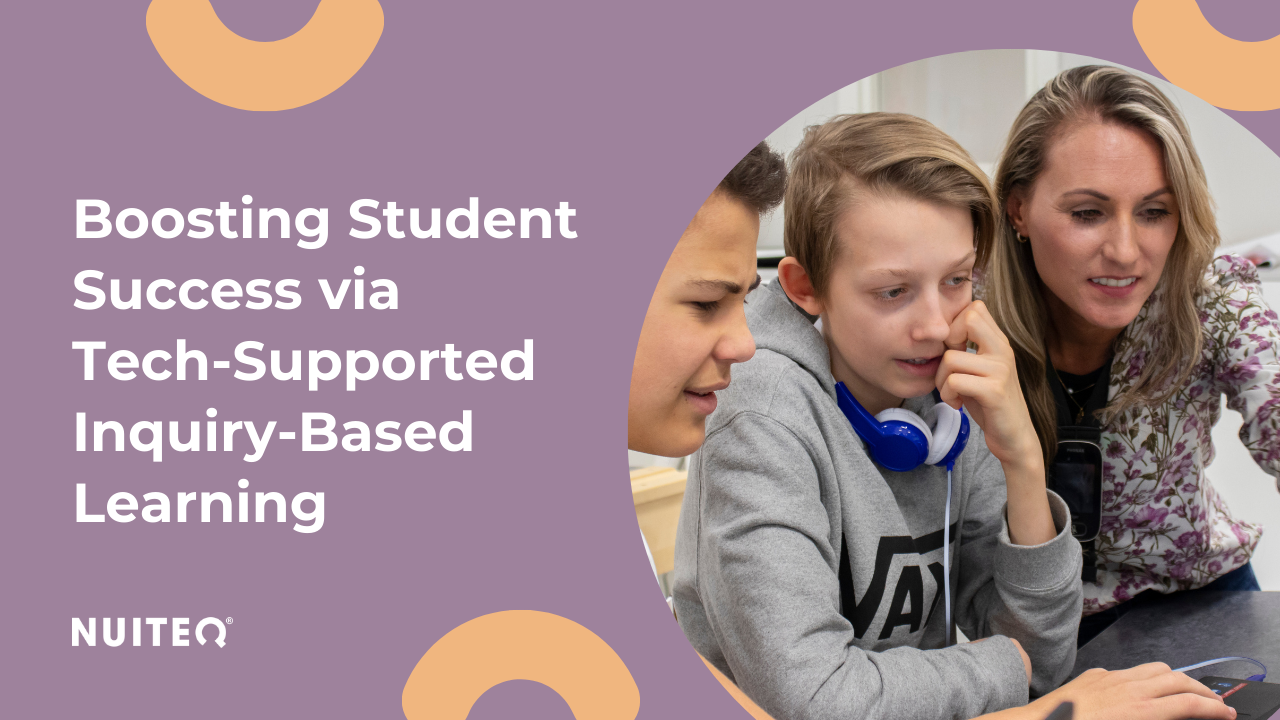Nowadays, digital tools are widely used inside and outside the classroom, bringing myriads of benefits: they make education fun, engaging, and accessible, promoting equity, collaboration, critical thinking, and creativity. However, it is also important to recognize the importance of using technology in a way that is intentional in order to maintain balance in our lives. Young people are showing us the way.
Photo by Annie Spratt on Unsplash
Screen time remains a divisive topic in education and parenting that often lacks nuance. Questions like “When is it ok to start letting my children watch TV or use a tablet?”, “At what age should my child get their first cellphone?” and “Should cellphones be allowed in the classroom?” have not only sparked heated discussions online and offline, but they have also been the focus of scientific research on the effects this kind of technology has on growing minds. The research has attempted to provide nuance by distinguishing between different kinds of technology usage, such as passive versus active, and usage in education as opposed to usage for entertainment. Educational technology that activates students and can lead to better academic performance is considered beneficial, whereas passive use of technology, like watching non-educational television programs and scrolling on social media, can be detrimental to students’ cognitive development.
While politicians, educators, parents, and researchers debate the merits of digital tools inside and outside the classroom and whether social media does more good or harm, young people seem to be becoming more intentional about their use of technology use. Aware of the fact that digital footprints are forever, teenagers are concerned about peers, college admission officers, and future employers stumbling across embarrassing things that they may have shared online - so they are becoming more and more selective about what they share and how often they do so. In Sweden, more than half of children and young people aged 9-18 never share anything personal online, preferring to keep their online interactions within a close circle of friends (article in Swedish).
Photo by Rodion Kutsaiev on Unsplash
Elsewhere on the Internet, people are embracing a “new” trend: Silent walking. This trend entails walking alone in a quiet place, such as a forest, without listening to music, talking, or scrolling through social media on their phone. This is, of course, not a new phenomenon but rather a return to how things were before cell phones. Silent walking has numerous benefits: stress relief, allowing the mind to process thoughts and emotions, mental health improvements, and more.
There seems to be an ongoing paradigm shift, led by young people, in the way we relate to technology and social media. A paradigm shift that has sprouted from the desire to find a balance between our online presence and our real lives. Social media and digital tools can help us connect with our peers, but 23% of teens in a Pew Research survey claimed that social media affects their outlook on their own lives in a negative way. And some are now taking steps to change that.
Digital tools can bring us great value. They can give us access to a vast library of knowledge, help us collaborate, and encourage our creativity, but moderation and intention are key. Perhaps we should follow the example young people have set and reestablish a more intentional way of engaging with technology in meaningful, responsible ways, not as distractions from our relationships with our loved ones and the world around us, but as tools that help us explore, grow, and learn.
Take inspiration from those who prioritize intentional technology use to enhance both education and well-being. Opt for tools specifically designed for intentional use.

 3-in-1 Mic
3-in-1 Mic







